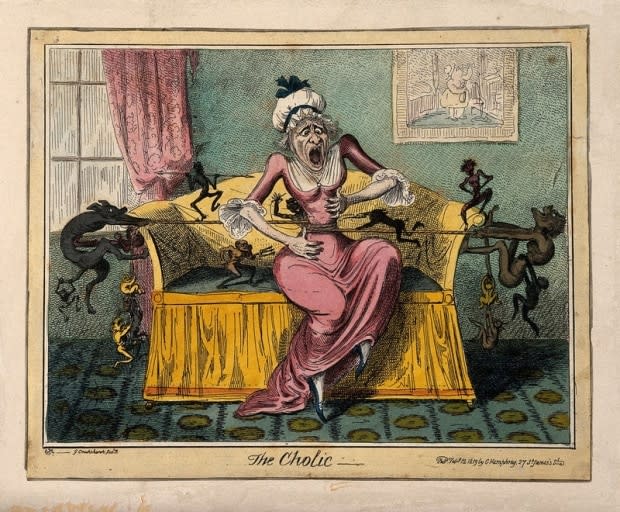How do you measure a woman's pain? This historian aims to find out
Medical historian Whitney Wood first became interested in the history of women's pain through an undergraduate course that described the practice of "twilight sleep."
Wood, who is the new Canada Research Chair at Nanaimo, B.C.'s Vancouver Island University, says twilight sleep was a form of anesthesia that was popular in the early 20th century, administered to women in labour.
The drug mixture contained a blend of anesthetic and amnesia drugs. Labouring patients would still experience pain in giving birth, but the amnesiac part meant they didn't remember it.
At the same time, the drugs made women extremely excitable and sensitive to stimulation, prompting them to jump out of bed and injure themselves, Wood said.
This meant that the labouring mother would often have to wear a straitjacket and a blindfold to restrict stimulation and control her movements.
"From our modern perspective this sounds horrific ... but for many women in the early 20th century this was a good type of birth and women actively sought this out," Wood said. "My main question was why."
That research formed part of her PhD, and Wood will be continuing her research of how women experience birth and are treated during labour during her tenure with Vancouver Island University.

"We know that the male body is still held up as the universal body in a surprising amount of medical research and this has a major impact," she said, noting research has shown there are often gaps in medical knowledge about gender-specific experiences for health complaints like heart attacks.
"Women's pain is ignored and under-treated and this is especially the case when this pain can be linked, however vaguely, to the reproductive organs."
Wood says by looking at the historical roots of modern-day medical attitudes toward women's bodies and pain experiences she can provide support for addressing ongoing inequities in women's health.
"We are seeing these gaps in pain treatment being framed as more of a public health issue ... and women are at the forefront of this advocacy work."
Wood's first five-year research term will focus on the history of women's pain in modern Canada.

